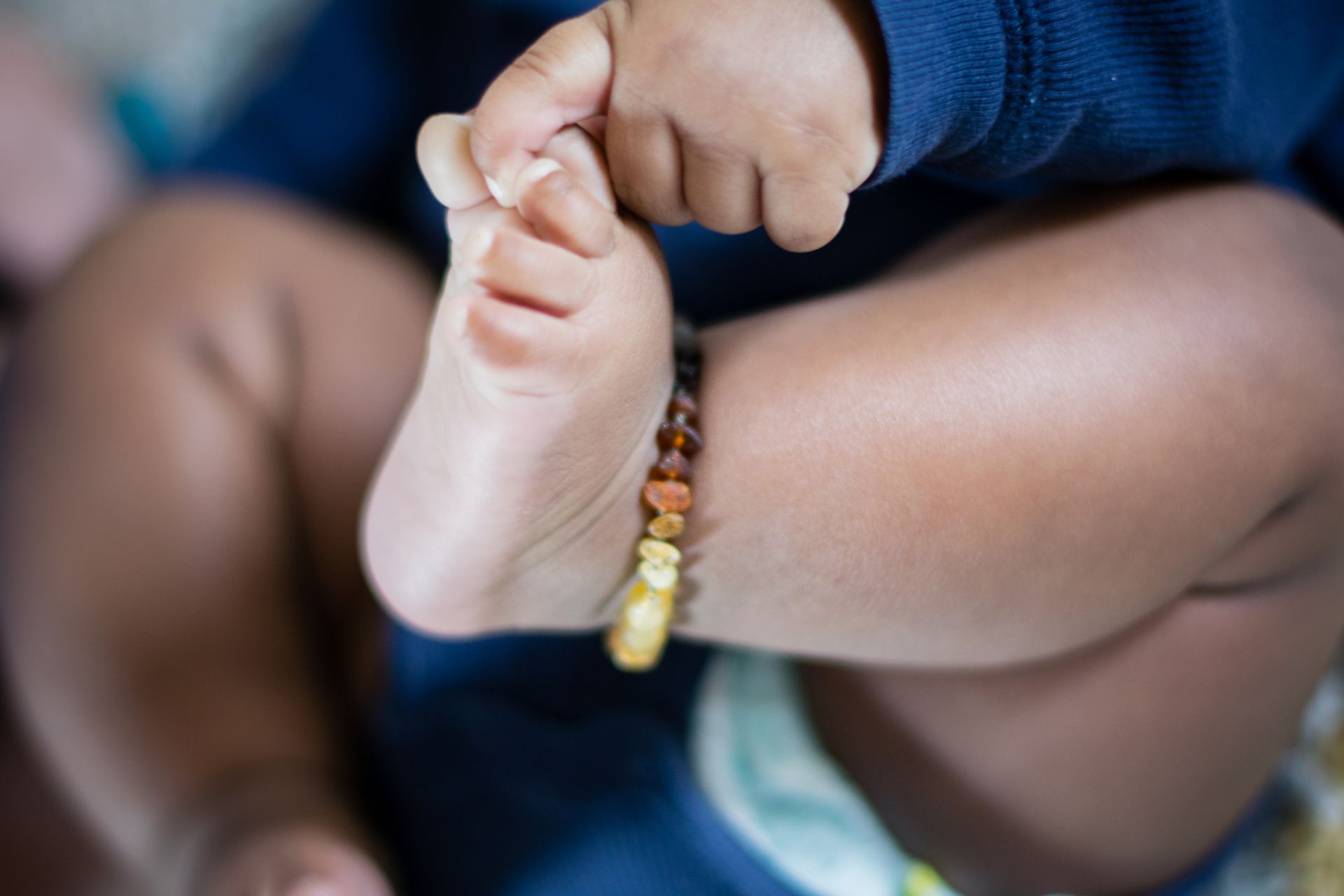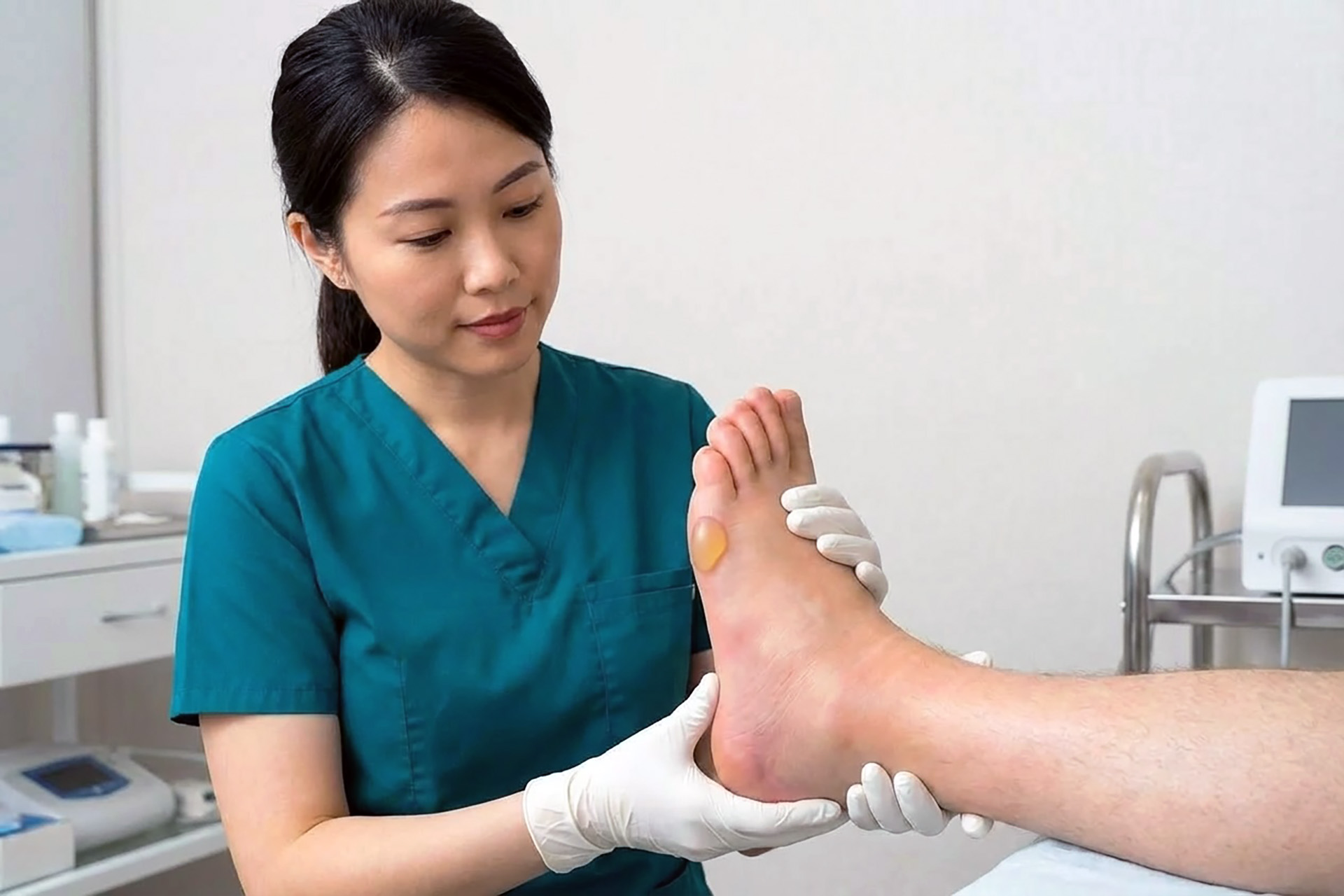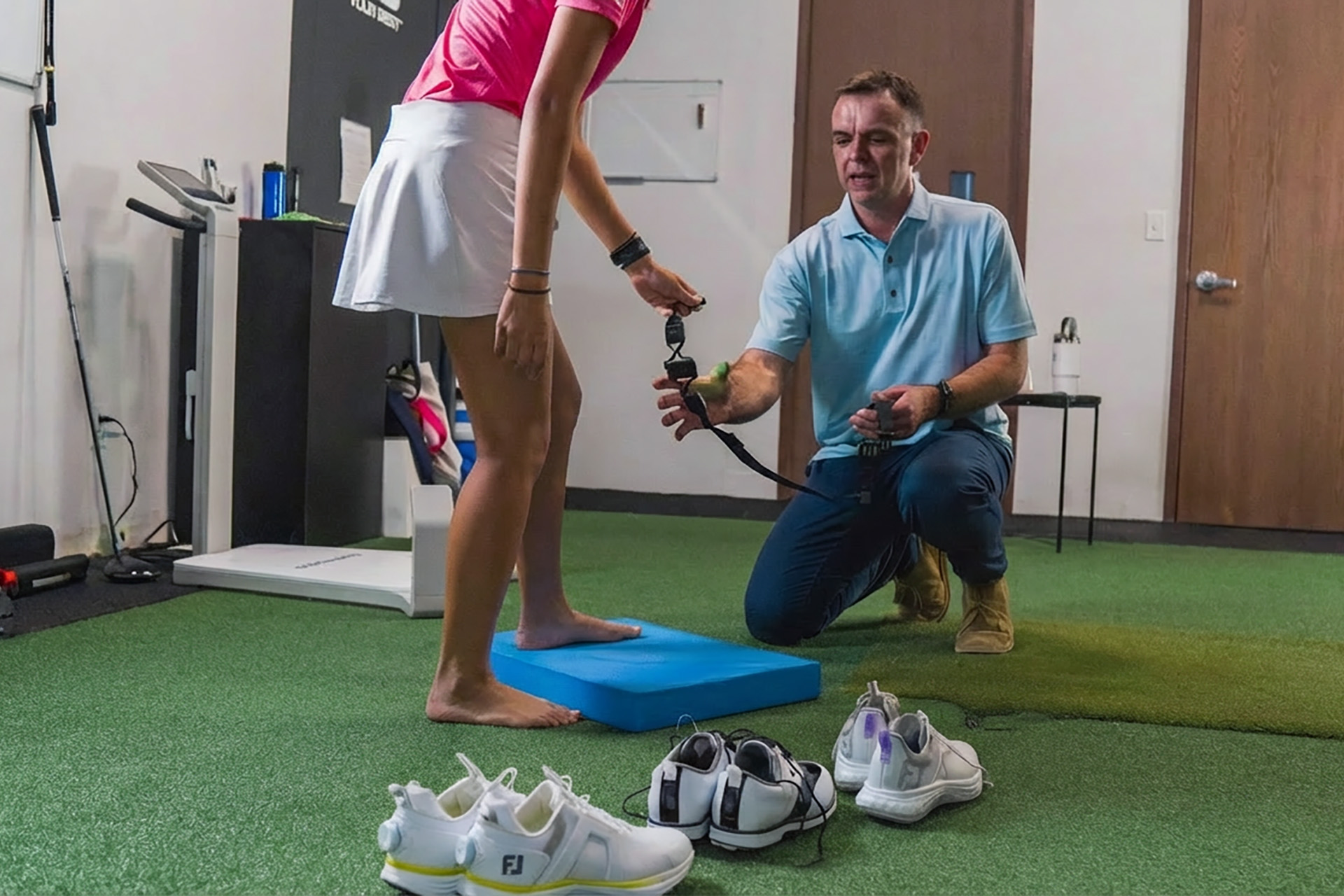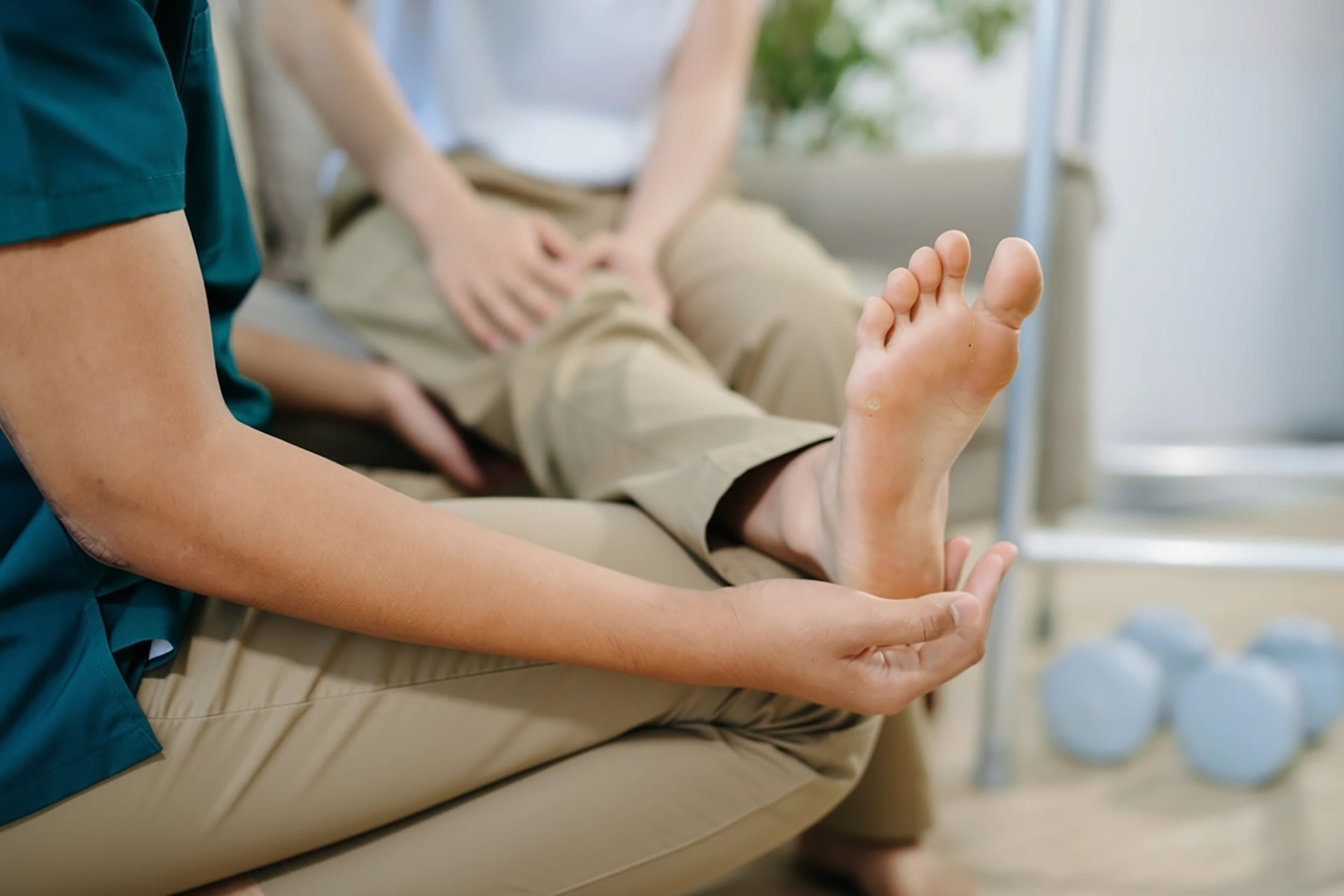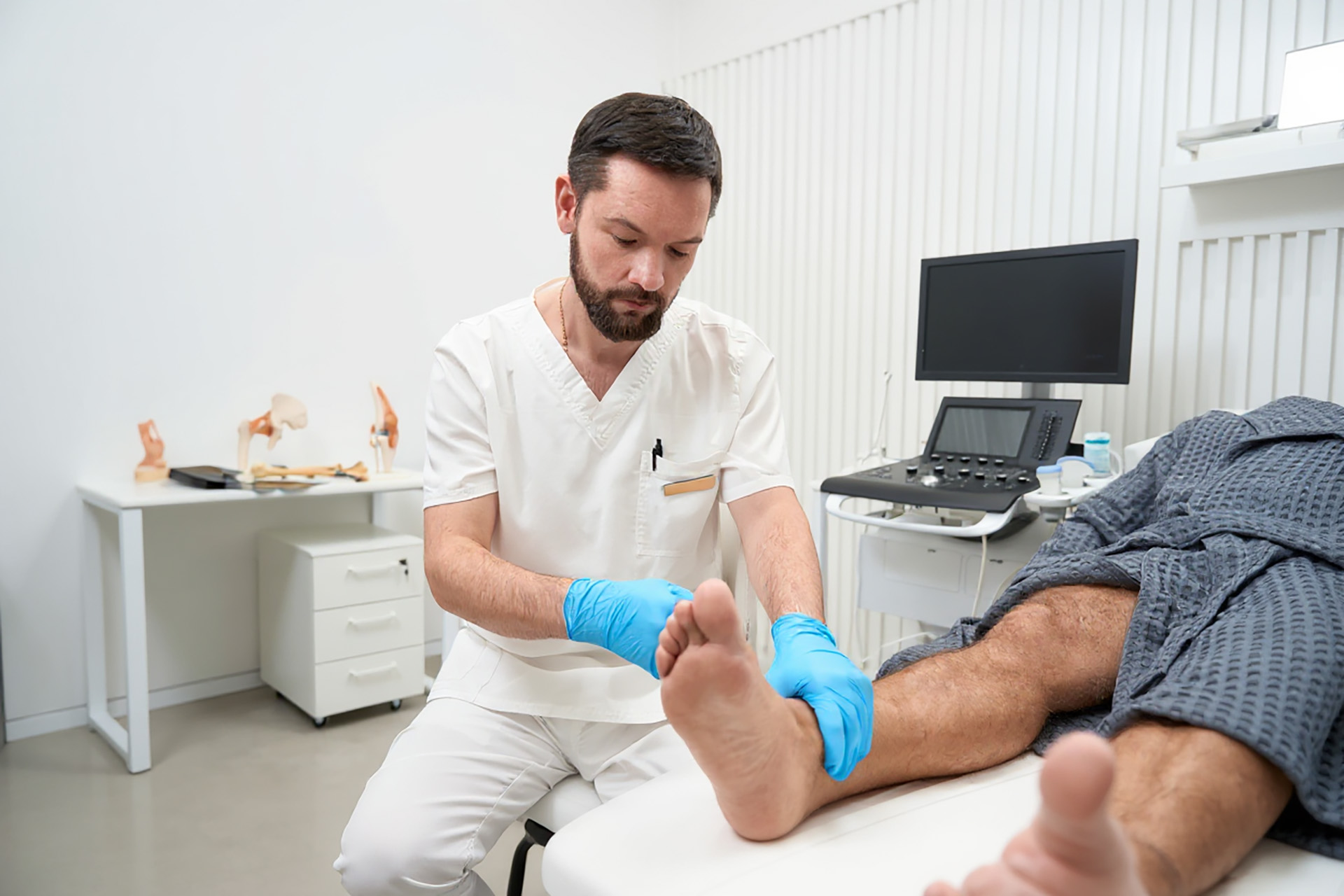Hammertoes in children, also known as paediatric hammertoes, is a condition characterised by an abnormal bend in the middle joint of a toe. They can cause significant discomfort and, if left untreated, may lead to long-term foot health issues in your child. While traditionally viewed as a condition in adults, the incidence of hammertoes among children has risen, paralleling changes in children’s footwear habits and increased participation in intensive sports activities.
Understanding Hammertoes in Children
Understanding paediatric hammertoe causes is important for effective management and prevention. Unlike adult cases, which often result from years of improper footwear or underlying health conditions, hammertoes in children can have a variety of origins.
For many, genes play a significant role, with some children inheriting foot structures that make them more susceptible to toe deformities. Rapid growth spurts, common in childhood and adolescence, can also contribute to the development of hammertoes as their bones may grow faster than the surrounding muscles and tendons can adapt.
Another significant factor in the increasing prevalence of paediatric hammertoes is footwear. In an age where fashion often trumps function, many children’s shoes fail to provide adequate support and room for growing feet. Tight-fitting shoes, particularly those with narrow toe boxes, can force toes into unnatural positions, potentially leading to hammertoe formation over time. This is especially problematic for children involved in ballet, where the footwear may exacerbate toe pressure and deformities.
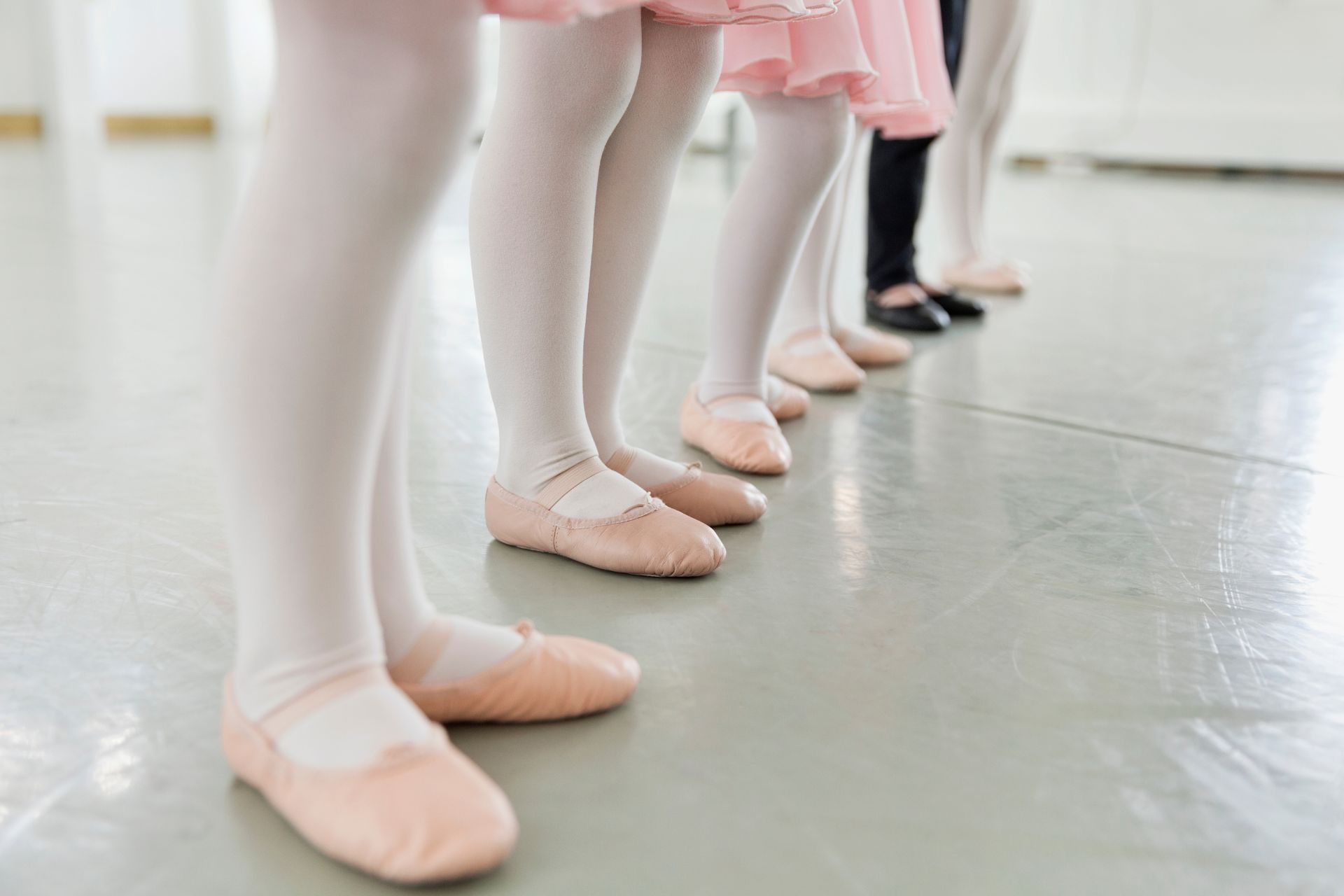
Recognising the signs of hammertoes in children is crucial for early intervention. Parents and caregivers should be alert to changes in their child’s foot appearance or complaints of foot discomfort. A visible bend in the middle joint of a toe, difficulty fitting into shoes, or the development of corns or calluses on the affected toe are all potential indicators of a hammertoe. Sometimes, children may have trouble communicating their discomfort, so look for changes in their gait or a reluctance to participate in activities requiring prolonged standing or walking.
Management of Paediatric Hammertoes
Podiatrists manage paediatric hammertoes with specialised strategies for growing feet that general healthcare practitioners may not provide. For example, podiatrists evaluate children’s shoes for fit and support, often revealing unsuitable footwear. Recommending appropriate shoes can significantly impact both the management and prevention of hammertoes.
Sometimes, footwear changes may not be enough, and the podiatrist may recommend custom orthoses, created using 3D printing technology, to provide targeted support to the arch and metatarsal area. These orthotic devices can help redistribute pressure, potentially slowing or halting hammertoe progression.
The podiatrist’s help doesn’t stop in the clinic. Paediatric podiatrists may also prescribe exercises to help with paediatric hammertoes. Targeted stretching and strengthening exercises can improve flexibility and alignment when performed consistently.
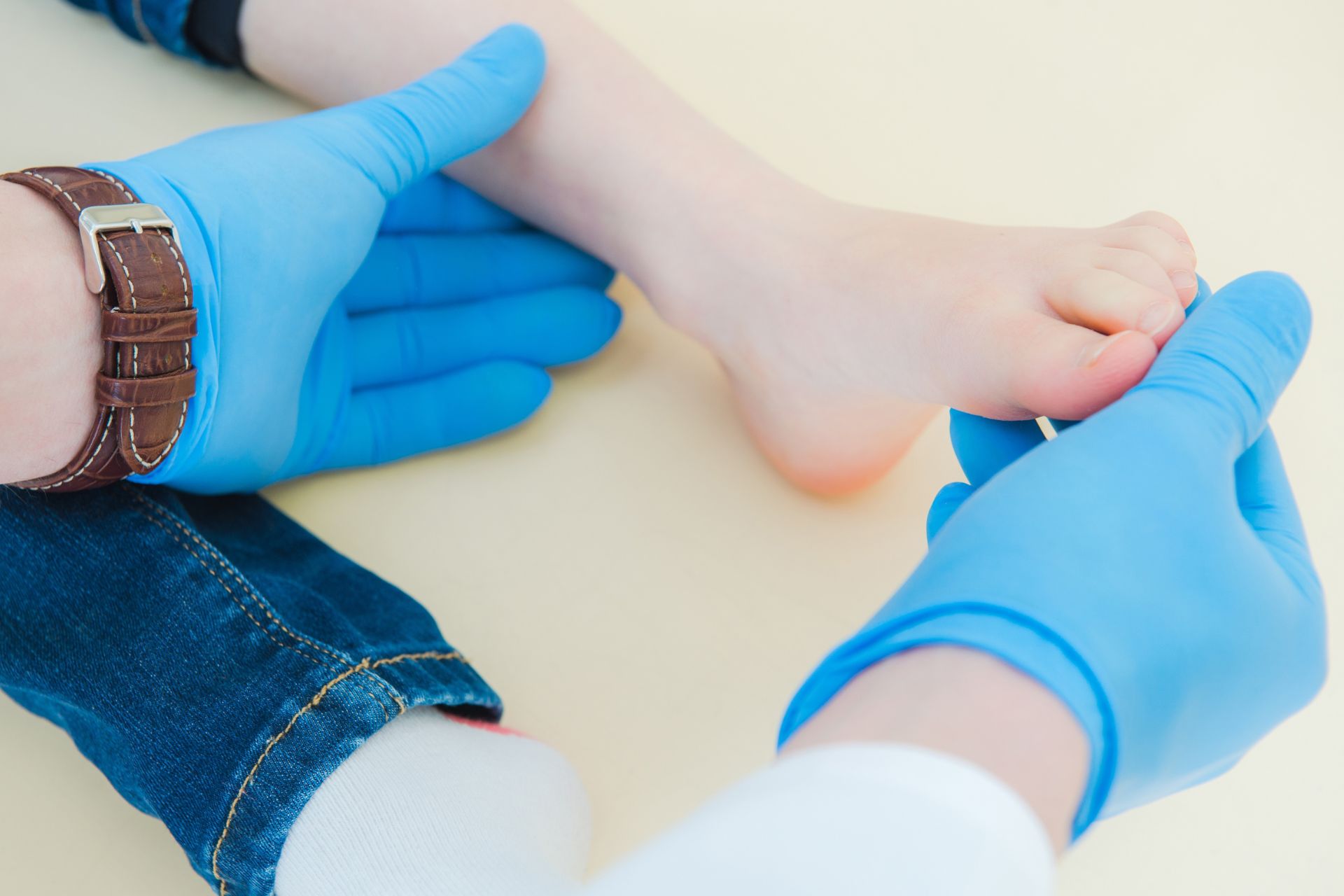
Lastly, taping techniques offer a noninvasive approach, guiding affected toes into a more natural position. This provides immediate relief and helps retrain muscles over time. Parents often learn to apply these tapes at home.
Our paediatric podiatrists at The Foot Practice work with a parent and their children to ensure understanding of the condition, adhering to the routine, and incorporating foot-friendly habits into daily life.
Interventions Personalised for Children
Managing hammertoes in children differs from adults as children’s feet are still developing. Interventions must be calibrated to work with natural growth processes, requiring ongoing adjustments as the child grows.
Early and appropriate intervention can improve the chances of recovery. Comprehensive plans involving proper footwear, custom orthoses, exercises, and taping often improve toe alignment and foot function. Parents should understand that management is an ongoing process requiring patience and consistency.
In some cases, more advanced treatments like specialised night splints or minimally invasive surgery may be considered, typically for older children and only after exhausting conservative measures.
If you’ve noticed changes in your child’s toes or foot comfort, schedule an appointment at The Foot Practice. Our team is dedicated to ensuring the healthy growth of young feet, setting the foundation for lifelong mobility and well-being.

